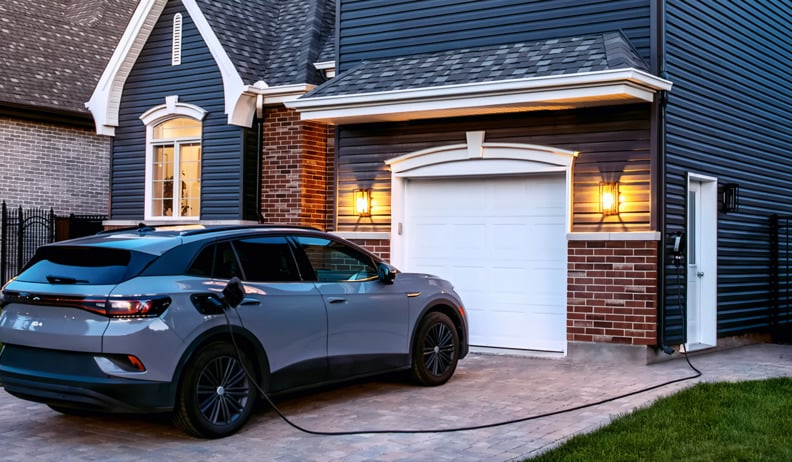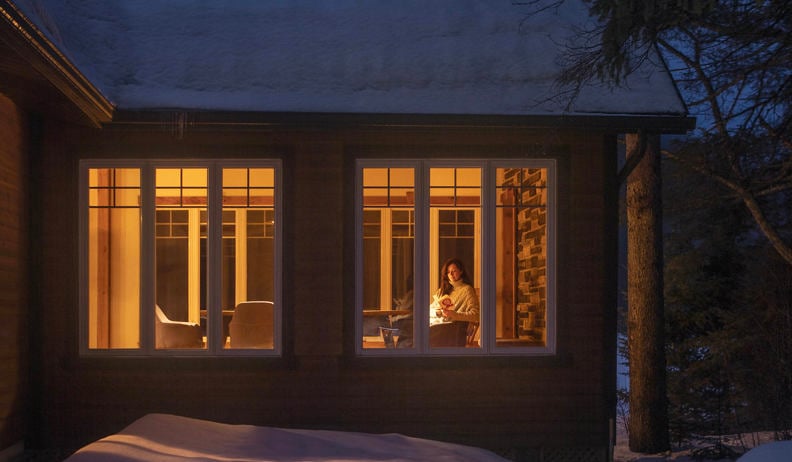Energy transition: slowing global warming, one home at a time
The international scientific community agrees that human activity is accelerating climate change and threatening our environment. It’s therefore urgent to take concrete action immediately. That includes speeding up what we call the energy transition. Below is an overview of what this entails and how we can all contribute.

An urgent and much-needed transition
The energy transition involves changing current energy production and consumption methods to renewable sources to slow global warming and environmental degradation.
Much of the world’s energy comes from fossil fuels. These release CO2 into the atmosphere, thus contributing to global warming. The energy transition is therefore a matter of decarbonization: progressively reducing use of the energies that emit greenhouse gases. According to the Intergovernmental Panel on Climate Change (IPCC), the rise in global temperatures must not exceed 1.5 °C if we want to avoid disastrous consequences on our ecosystems, including human life. To achieve this, the use of coal, oil and gas must be cut by 100%, 60% and 70% respectively by 2050. How? By transitioning toward new ways of producing cleaner energy and using it more intelligently.
The overall aim is to use the cleanest, most renewable energies to power the most polluting industries. Thankfully, 99.8%* of the power produced in Quebec is renewable, with hydroelectricity—one of the cleanest energies in the world—accounting for 94.5% of it. This puts us in an excellent position to make the transition.
Adopting more energy-efficient habits
Just because we’re using less fossil fuels and electrifying Quebec doesn’t mean that we shouldn’t continue to watch our consumption. Quebecers are among the world's greatest electricity consumers! And with population growth, the digital switch and transportation electrification, our energy needs have also increased.
Keep in mind that the greenest energy will always be the energy that doesn’t get used at all. Awareness must be raised worldwide. Every nation must commit to adopting the kinds of habits that help save energy daily.
Saving during winter peaks
When you sign up for Hilo, you're automatically enrolled in the Flex D rate. Together, these two options help you reduce your electricity use during winter peaks–effortlessly.
Hilo automates the management of your Hilo-branded or Hilo-compatible thermostats based on the participation mode you choose (moderate, bold, or extreme), lowering the temperature at the right time while keeping your home comfortable. You could save up to 20% on your winter electricity bill.
If you prefer not to use Hilo, you can still benefit from the Flex D rate by adjusting your thermostats manually: lower the set temperature by at least 2°C at the start of the peak event and close the doors to unused rooms.
A win-win solution for your budget, the community and the planet—and a concrete way to help build a greener world. Join the Hilo movement today!
*Statistics Canada, 2018 — Hydro-Québec, 2017



